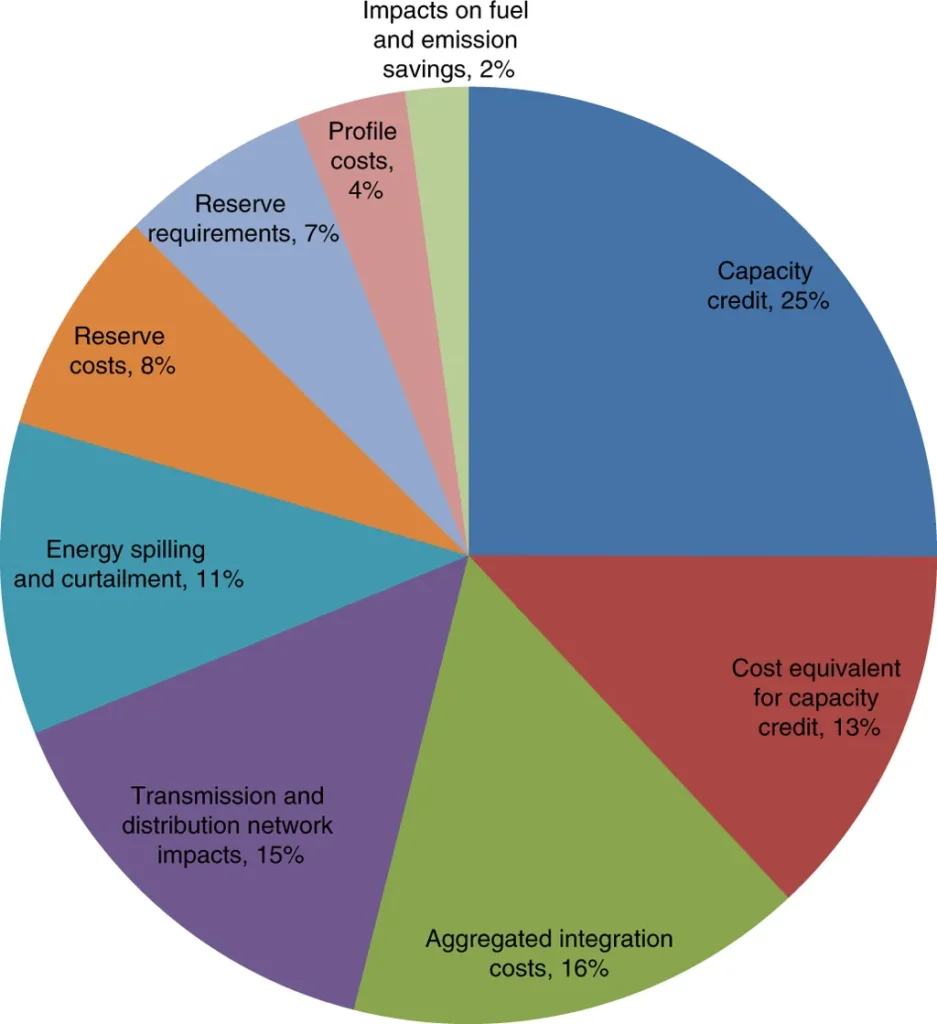In a significant stride towards integrating renewable energy into existing power grids, a recent study published in the *National Journal of Electrical Engineering* proposes an innovative concept for managing power flow in residential solar power systems connected to the grid. This research, led by Kiki Kananda from the Master’s Program in Electrical Engineering at Universitas Andalas, offers a promising solution to reduce reliance on fossil fuels and lower electricity costs for households.
The study highlights the pressing need to shift towards renewable energy sources, particularly solar power, to mitigate the depletion of fossil fuels. With residential sectors consuming a substantial 41.21% of the total electrical energy supplied by the state-owned electricity company PLN, the potential for solar energy to make a substantial impact is clear. However, the high cost of solar home systems (SHS) compared to grid electricity has hindered their widespread adoption in areas with existing power grids.
Kananda’s research introduces a novel approach to this challenge. By connecting solar power systems to the grid, the need for expensive batteries can be significantly reduced. The proposed concept involves a dynamic power flow management system between the solar power plant (PLTS), the PLN grid, and the residential load. “The grid acts as a temporary storage or lender to meet the load demand,” explains Kananda. “This way, we only pay for the solar system investment without batteries and the cost of leasing the grid connection for homes with solar systems.”
The study’s methodology includes detailed modeling, MATLAB simulations, and comprehensive analysis of the proposed concept. This research not only addresses the economic barriers to adopting solar energy but also paves the way for more efficient and cost-effective integration of renewable energy into existing power infrastructure.
The implications of this research are far-reaching for the energy sector. By reducing the reliance on batteries and optimizing the use of the grid, this concept could lower the overall cost of solar energy adoption for residential users. This could accelerate the transition to renewable energy, benefiting both consumers and the environment.
As the energy sector continues to evolve, innovations like Kananda’s offer a glimpse into a future where renewable energy is seamlessly integrated into our daily lives. The study, published in the *National Journal of Electrical Engineering*, underscores the importance of continuous research and development in the field of renewable energy, driving us closer to a sustainable and energy-efficient future.

